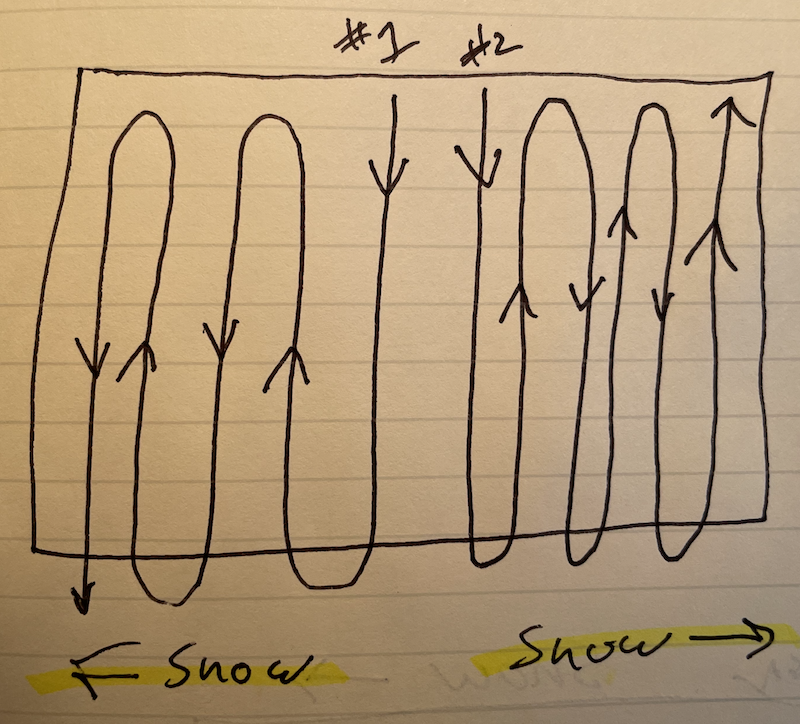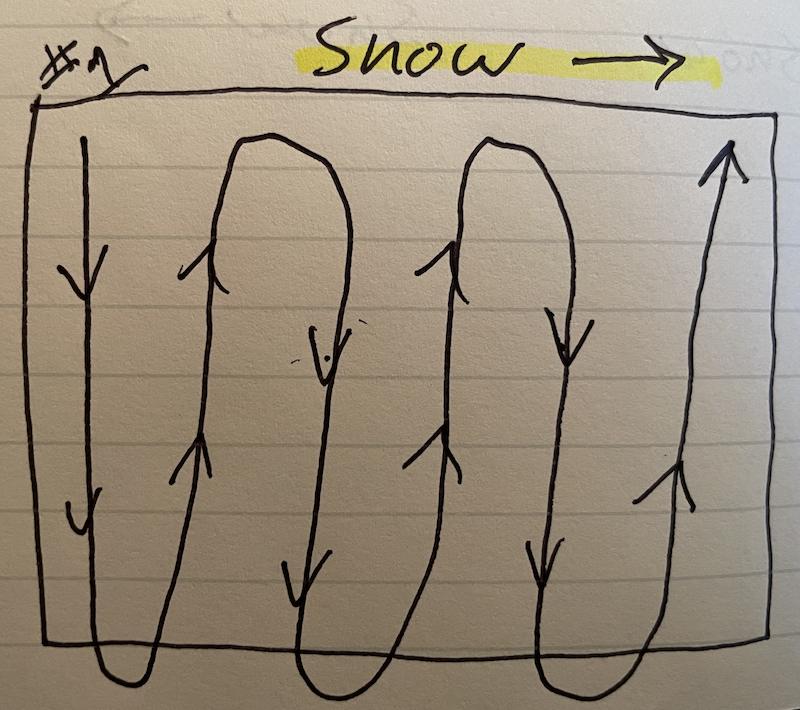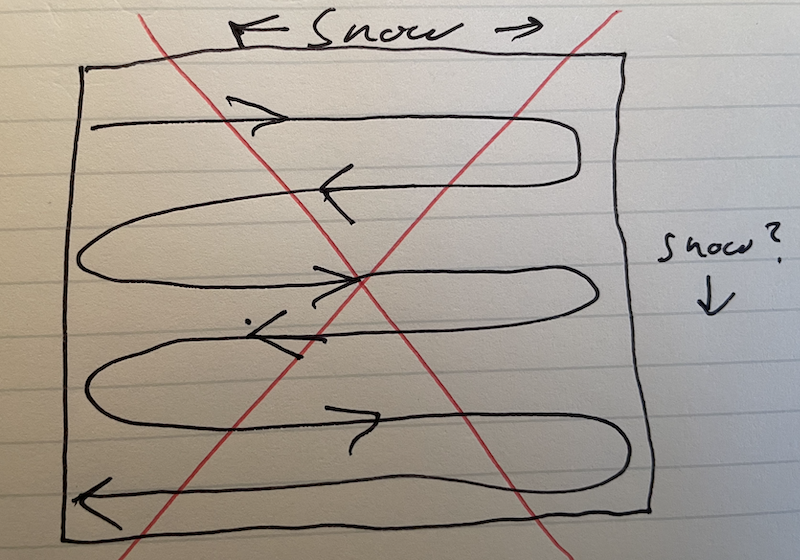My 2022 Mac Setup
January 5, 2022
Starting its fifth year on my desk, my 2017 iMac 5k is still going strong, but starting to show it’s age. There’s still nothing that I can’t do with it, but after looking at my wife’s M1 MacBook Air I can’t help but be just a little jealous of how fast that little machine is. I’ve yet to come across any computer that offers the same value as the iMac, especially when you factor in how good this 27” retina screen is. I’m tempted by both the current 24” M1 iMac, and the new 16” M1 Max MacBook Pro, but the rumor mill is talking about bigger, master iMacs and colorful M2 MacBook Airs, either of which might actually make the most sense for my desk. I want to see the entire lineup before committing. The good thing is that no matter which machine I choose, it’s going to be a major speed improvement from where I am now.
On the software side I’m in a bit of a state of flux. Old standards are now no longer given, but because I’ve been using them for so long I’m reluctant to step away. Apple’s Reminders has gotten good enough for most things, but after a brief experiment over the holidays I found that I was letting things slip through the cracks, and headed back to OmniFocus. OmniFocus, for all its complexity, feels like home.
1Password’s upcoming switch to Electron has me concerned, but after some consideration I wonder how much of my concern is practical and how much of it is philosophical. Ideally, I would have preferred if 1P 8 was an evolution of 1P 7, instead of an entirely different application, but at the end of the day I’m still going to use it for work, and I still have a family subscription that I get through my Eero subscription, so I’ll keep it around. And if I’m going to have it anyway… why not keep using it? The flip side of that coin is that when using Safari the built-in password manager is seamless, far simpler than 1Password, even for one-time codes. But, do I really want all my passwords only available in Safari? Sometimes I might want to use Firefox. This is all still up in the air.
For file management, I’ve still got DEVONthink, but it’s another one where I’m not sure I’ll keep it. Again, ideally, iCloud Drive would be encrypted end-to-end so I could safely trust that I could put sensitive work data on it and not be putting my career at risk, but that’s not the world we live in. Without DEVONthink I need to keep all my files on my local machine, which is normally fine, but every now and then I want to get to something while I’m out running around, and DEVONthink to Go is the only secure solution. I’ve heard rumors that encryption might be coming, but until it’s here I think I’m going to stick with DT.
Keyboard Maestro and Hazel are both on the chopping block. I still have both installed, but neither are running. For Keyboard Maestro, I honestly can’t keep extra keyboard shortcuts in my head, and I’ve never found that many uses for the application. For a long time the only thing I’d use it for is text expansion, and even then only for the date stamp, i.e. 2022-01-05_. If there comes a time when iCloud Drive is encrypted, I’ll probably turn Hazel back on for automatic file management. But given that everything now gets dumped into DEVONthink, all my files are organized by the apps AI and I have less to set up and maintain. And if I’m honest, I’ve always had problems with Hazel’s pattern matching, sometimes it would inexplicably not match a pattern in a file I could easily find while searching with Spotlight. Most of Keyboard Maestro’s automation features that I did use I’ve moved into Shortcuts. I’m looking forward to Hazel-like functionality being built into macOS.
Other than that, I’m happy with Day One, I’ve increased my use of the Apple Notes app quite a bit, I love NetNewsWire (although I’ve decreased the number of sites I’m subscribed to for less, but better, content), MindNode is a fantastic mind-mapping app, and I keep all my mail in Mail. The biggest new addition to my setup is Parallels for running Windows 10. I’ve found I need this for teaching the Microsoft Office course at the local community college. Of course, this is another area where I’m unsure what I’ll do when I finally do update to an M-series Mac, but I’ll cross that bridge when I come to it.



